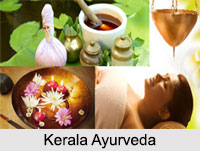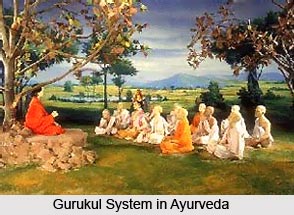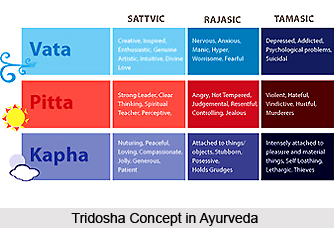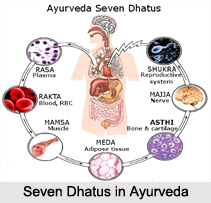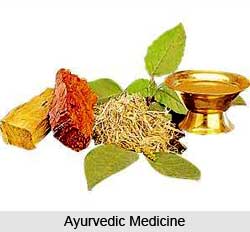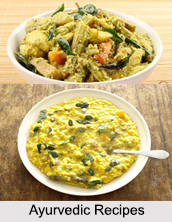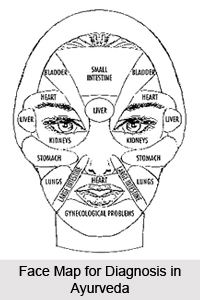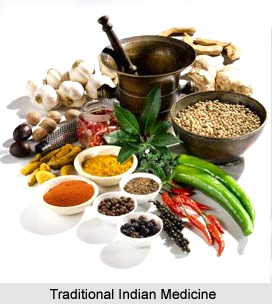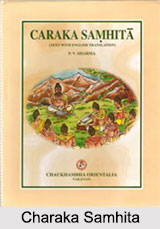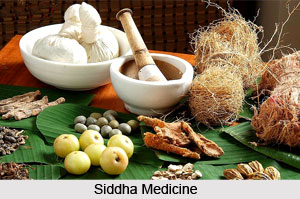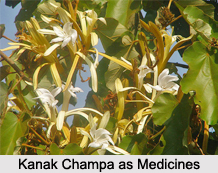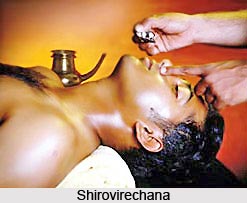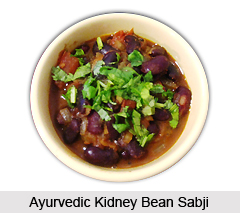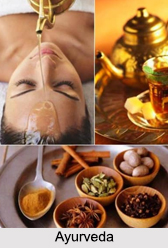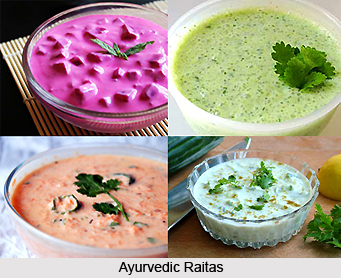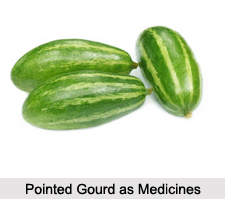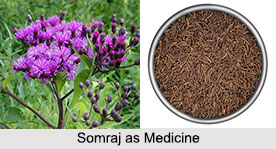 The seeds of Somraj, botanically known as Vernonia anthelmintica are of great repute in Sanskrit Materia Medica as a medicine for white leprosy, leucoderma and other skin diseases. It is mentioned also as an anthelmintic, but is not much used as such, except in combination with a number of other medicines.
The seeds of Somraj, botanically known as Vernonia anthelmintica are of great repute in Sanskrit Materia Medica as a medicine for white leprosy, leucoderma and other skin diseases. It is mentioned also as an anthelmintic, but is not much used as such, except in combination with a number of other medicines.
Dose of Somraj in Medicine
In chronic skin diseases the seeds are taken alone or in combination with other medicines. In the severer forms of skin diseases, such as psoriasis and leprosy, the medicine is recommended to be continued daily for one year, when a complete cure is said to be affected. The following combination is used in these cases. Take somraj seeds and black sesamum in equal parts; powder and mix. Dose should be about a drachm to be taken in the morning with tepid water. The medicine should be taken after perspiration has been induced by exercise or exposure to the sun. The diet should consist of milk and rice. In leucoderma, a decoction of emblic myrobalan and catechu is given with the addition of powdered somraj seeds.
Externally it is used in skin diseases in a variety of forms such as paste, oil, etc. The following combination is said to be very useful in eruptions attended with itching. Take somraj seeds, seeds of Cassia Sophora (kasamarda) and Cassia Tora (chakramarda), turmeric and common sea salt in equal parts; rub them together into a paste with whey and fermented paddy water (Kanjika) and apply over the eruptions.
Somraj seeds 4 parts and orpiment 1 part are rubbed into an emulsion with cow"s urine and applied to the patches of white leprosy or leucoderma.
Somaraji Taila: Take somraj seeds 12 seers and a half, water 64 seers and boil down to 16 seers. Take the seeds of Cassia Tora (chakramarda) 12 seers and a half, water 64 seers and boil down to 16 seers. Boil these two decoctions with 16 seers of cow"s urine, 16 seers of mustard oil and the following substances in the form of a paste, namely root of Plumbago rosea (raktachitraka), of Gloriosa superba (languli), ginger, turmeric, pachak root, seeds of Pongamia glabra (Karanja), root Clitoria ternatea (Aparajita), Nerium odorum (Karabi) and of Calotropis gigantea (arka), bark of Alstonia scholaris (saptaparni), wood of Acacia catechu (Khadira), Symplocos Racemasa (lodhra), black pepper, neem leaves, leaves of Cassia Sophora (kasamarda), juice of cow-dung, orpiment and realgar, each 8 tolas. This oil is said to cure all sorts of skin diseases from vitiated blood, ringworm, prurigo, etc.
This article is a stub. You can enrich by adding more information to it. Send your Write Up to content@indianetzone.com
Related Articles
Ayurveda
Ayurveda Medication
Elements of Ayurveda
Concepts of Ayurveda
Ancient Literature of Ayurveda
Sushruta Samhita
Classification of Medicine
